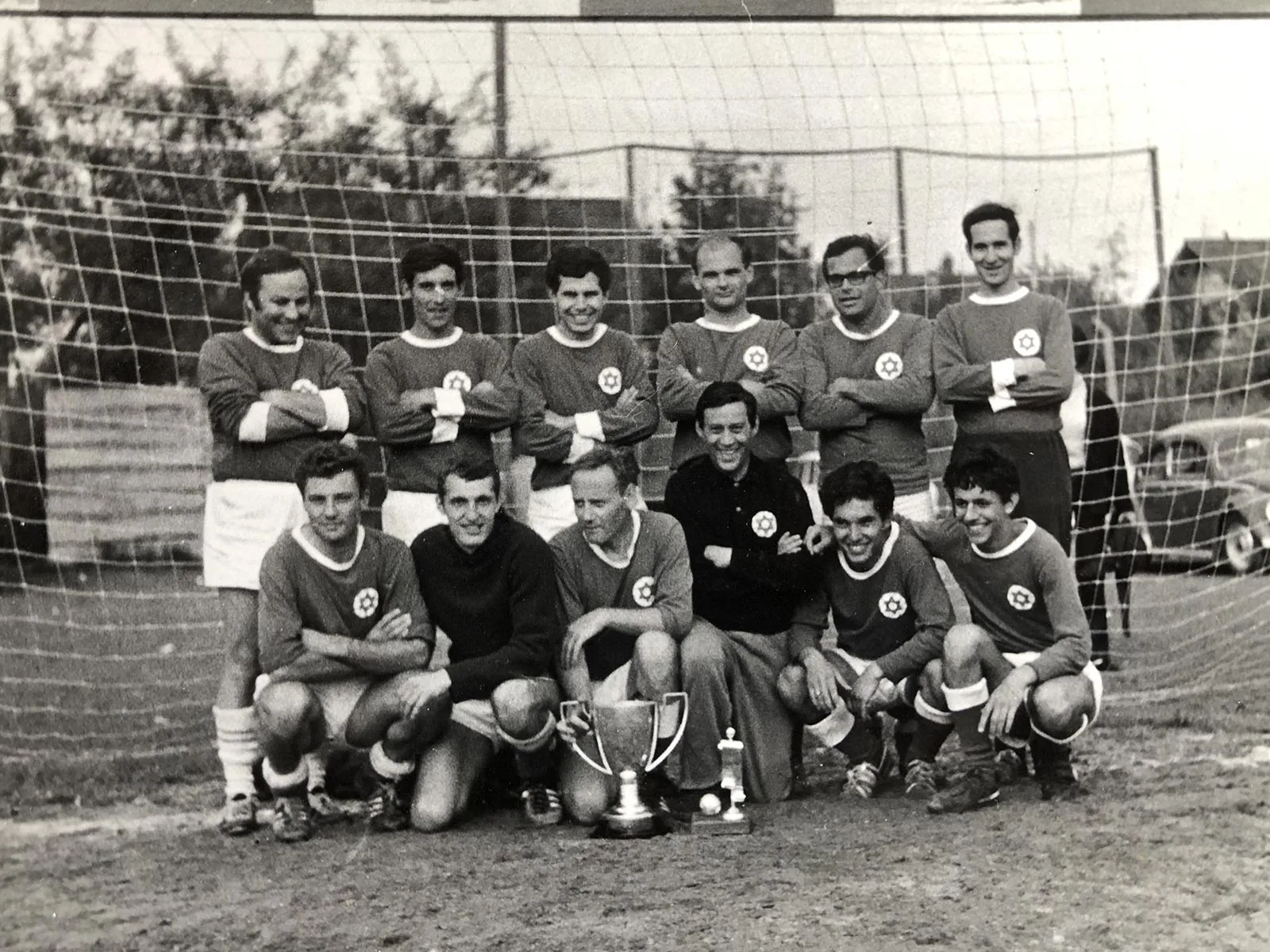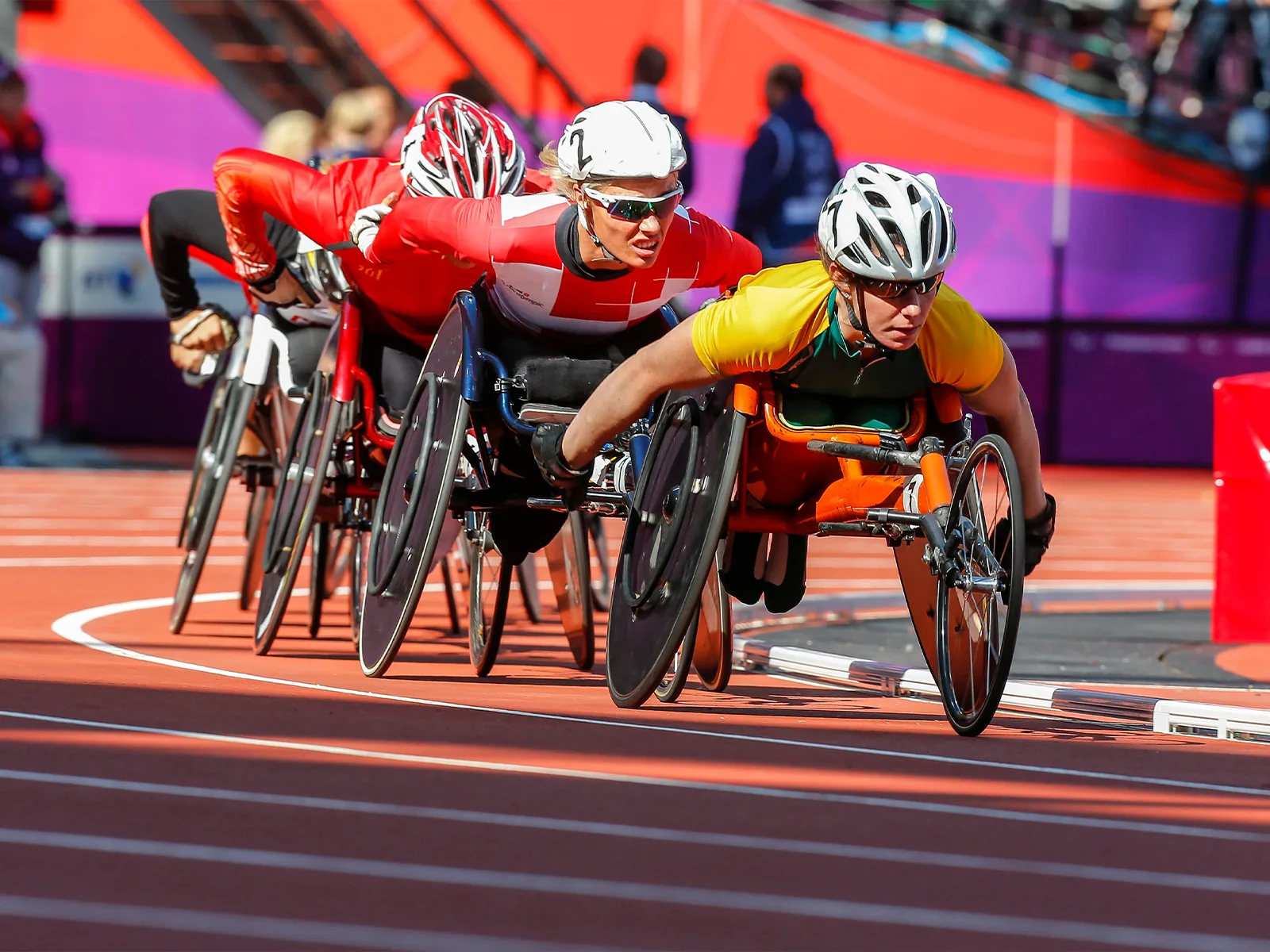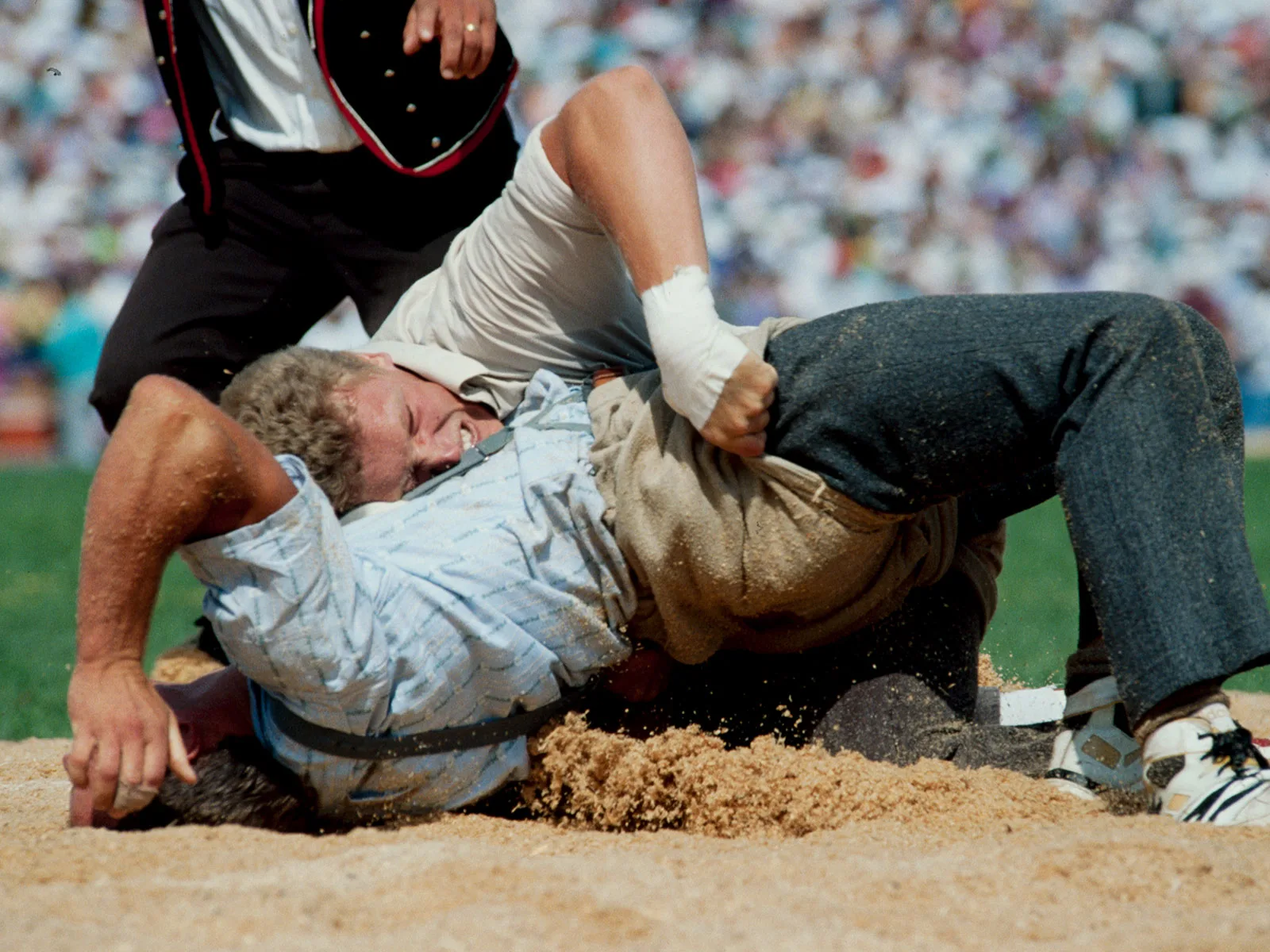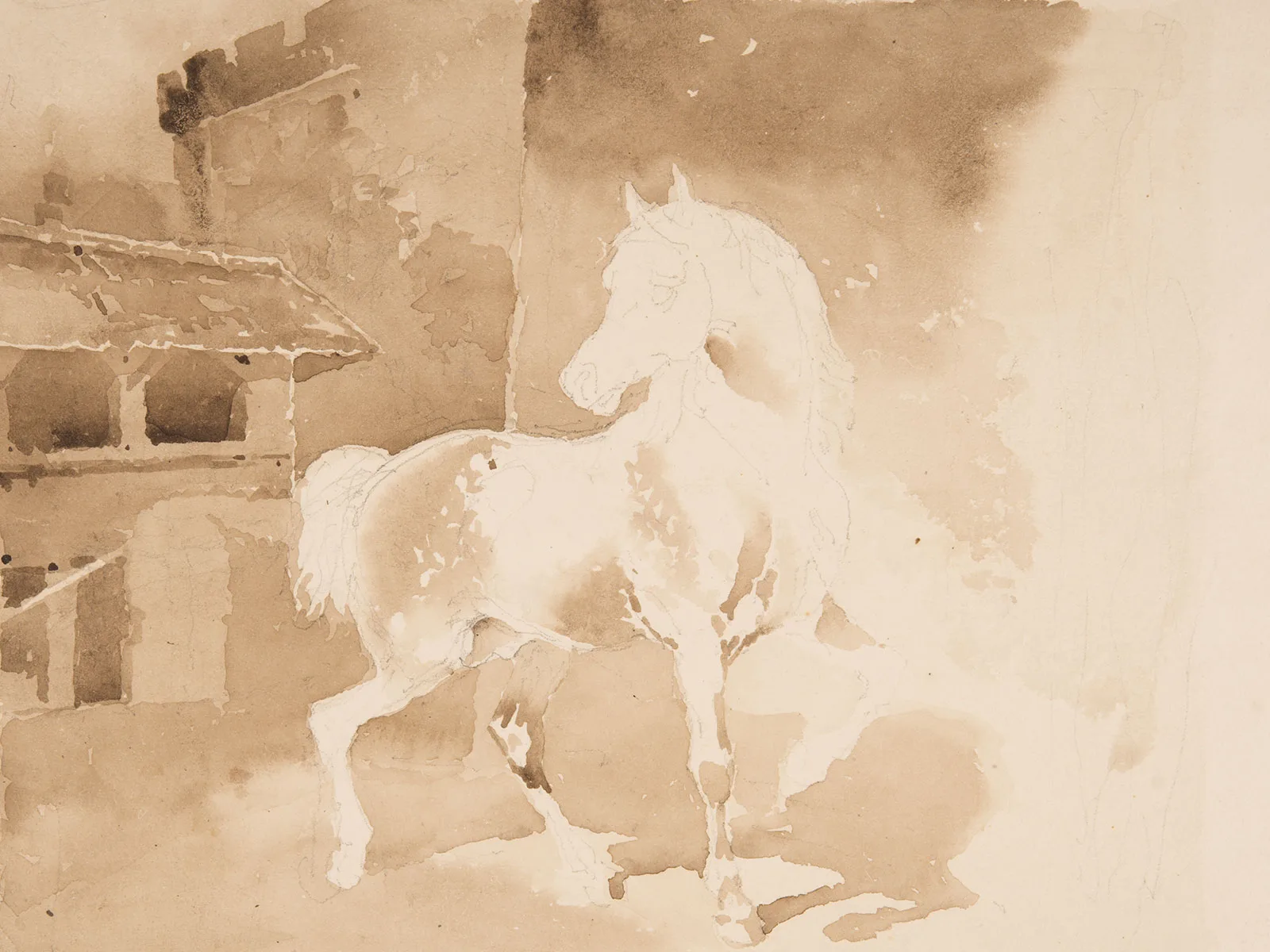
Horses for courses: a symbol of masculinity or a girl’s best friend?
Ponies as the silky-smooth projection of feminine sensitivity; riding as a girl’s pink, heart-shaped dream. This cultural image, although common today, only emerged around the mid-20th century.
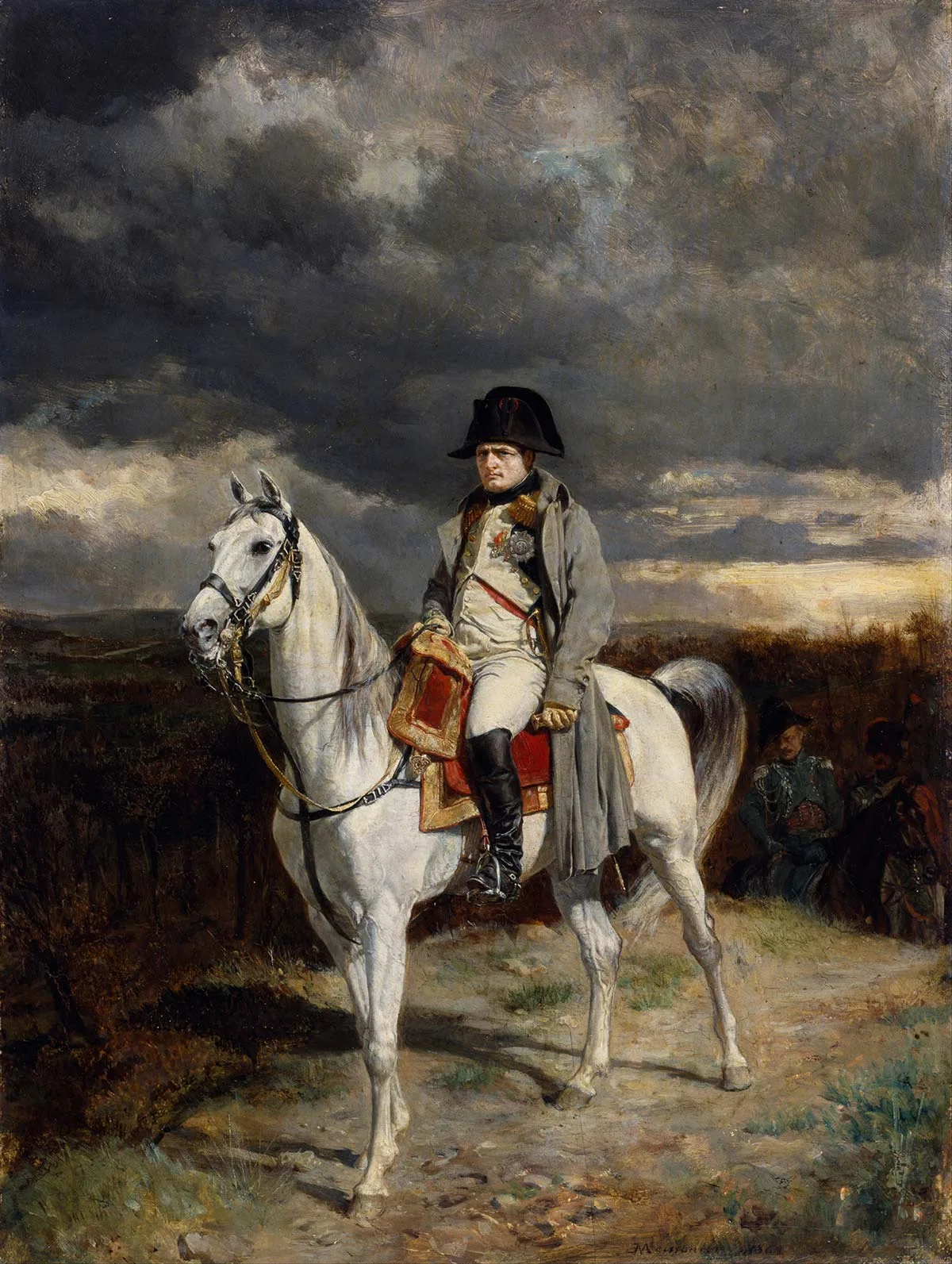
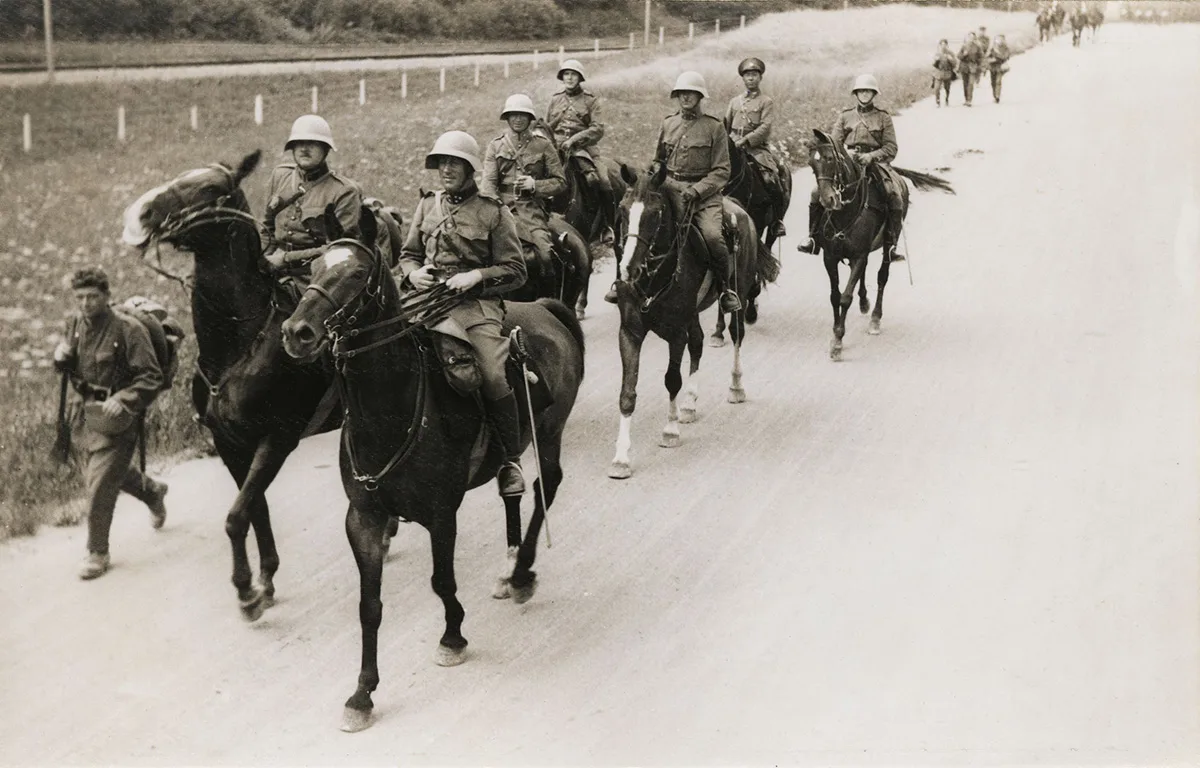
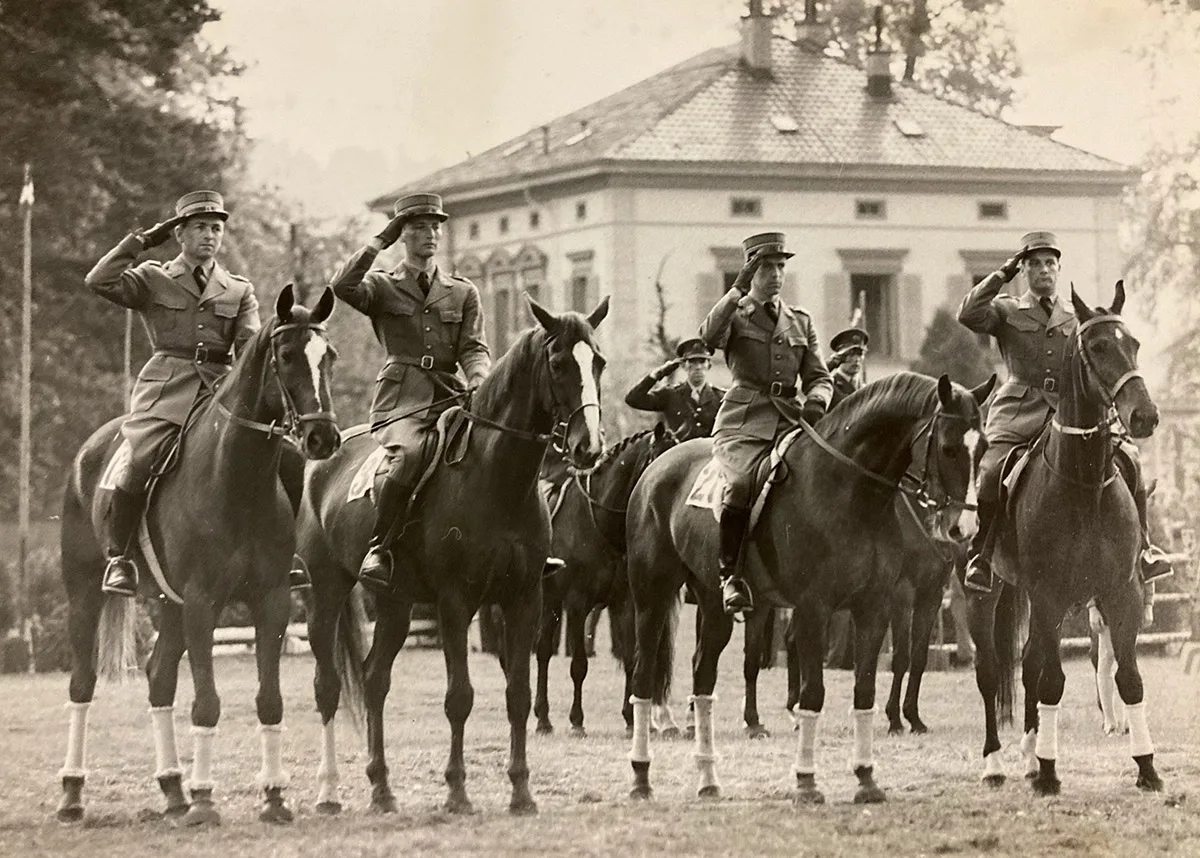
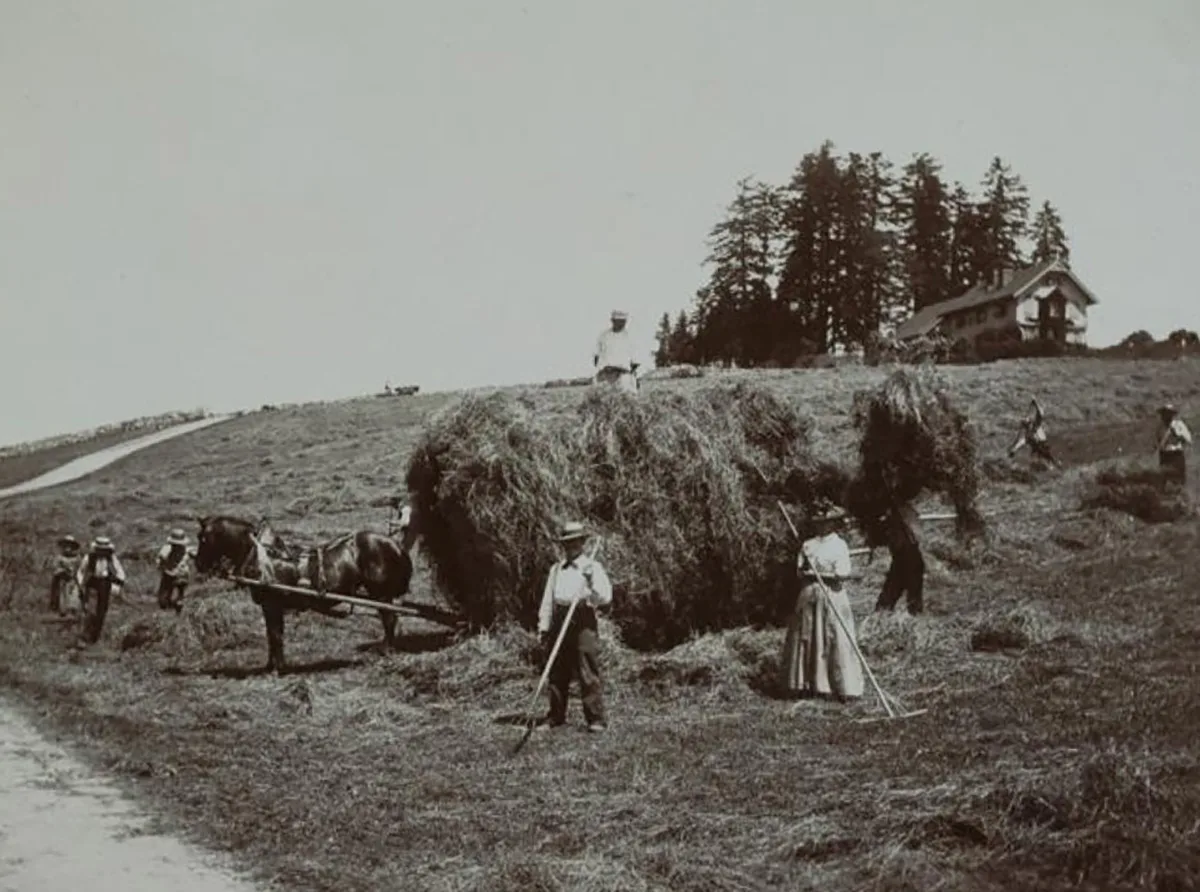
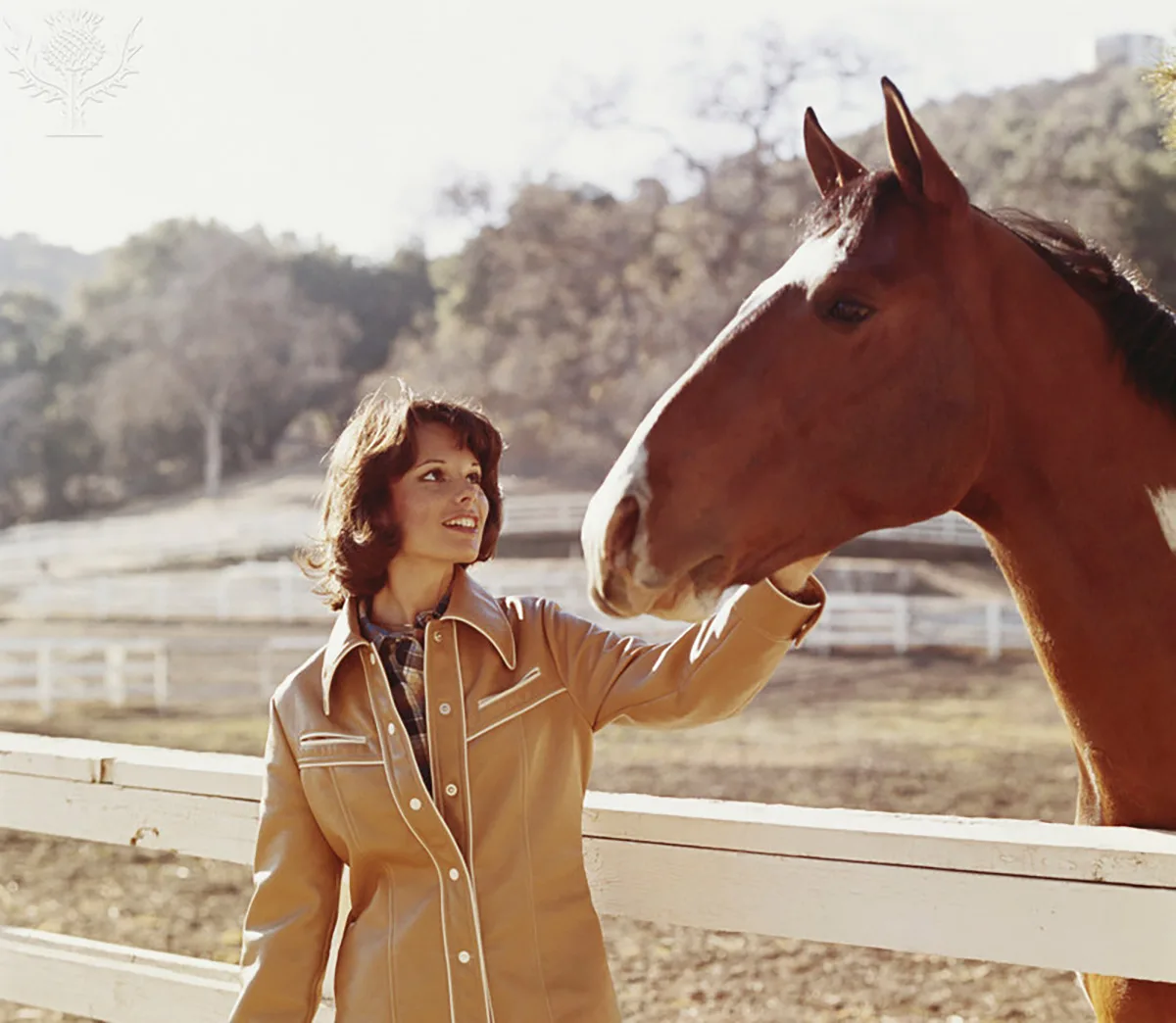
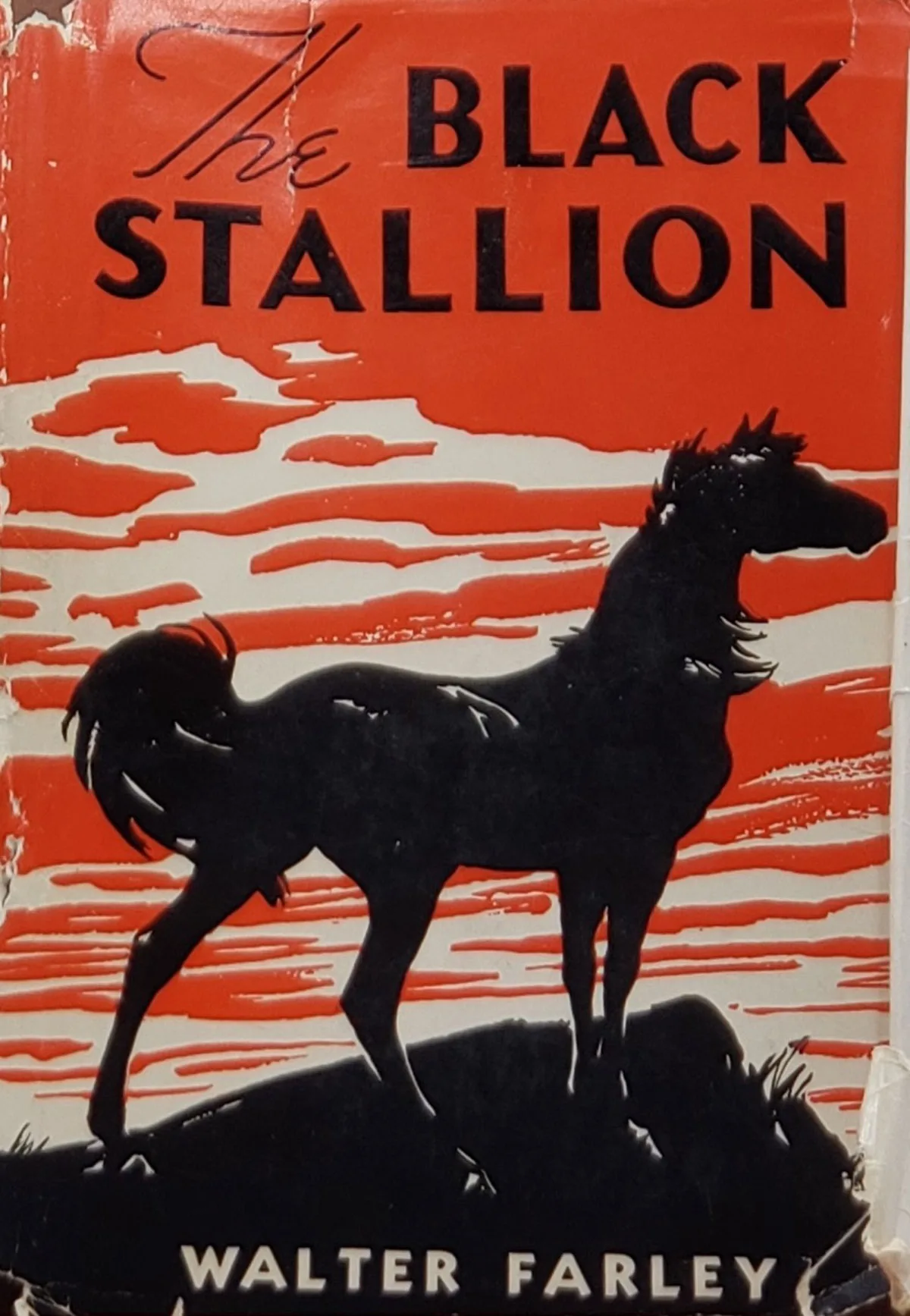
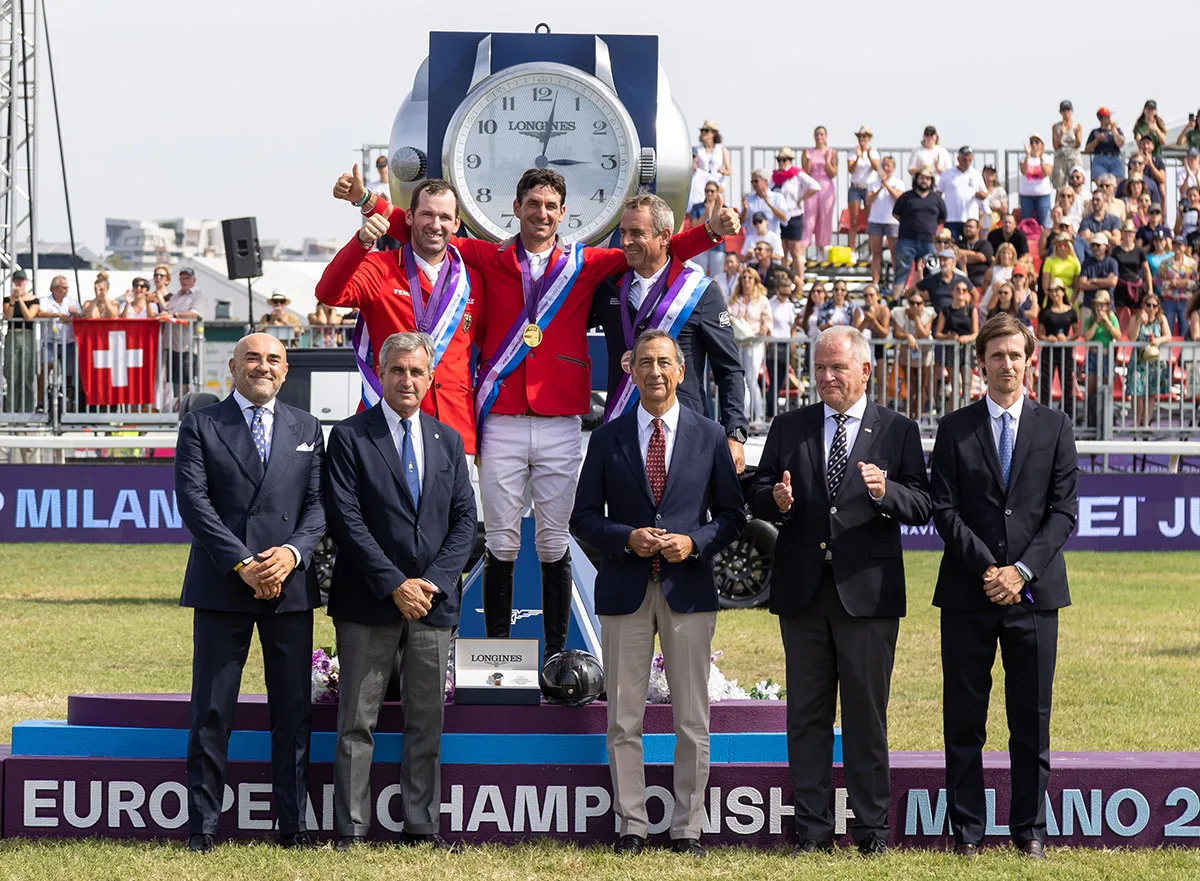
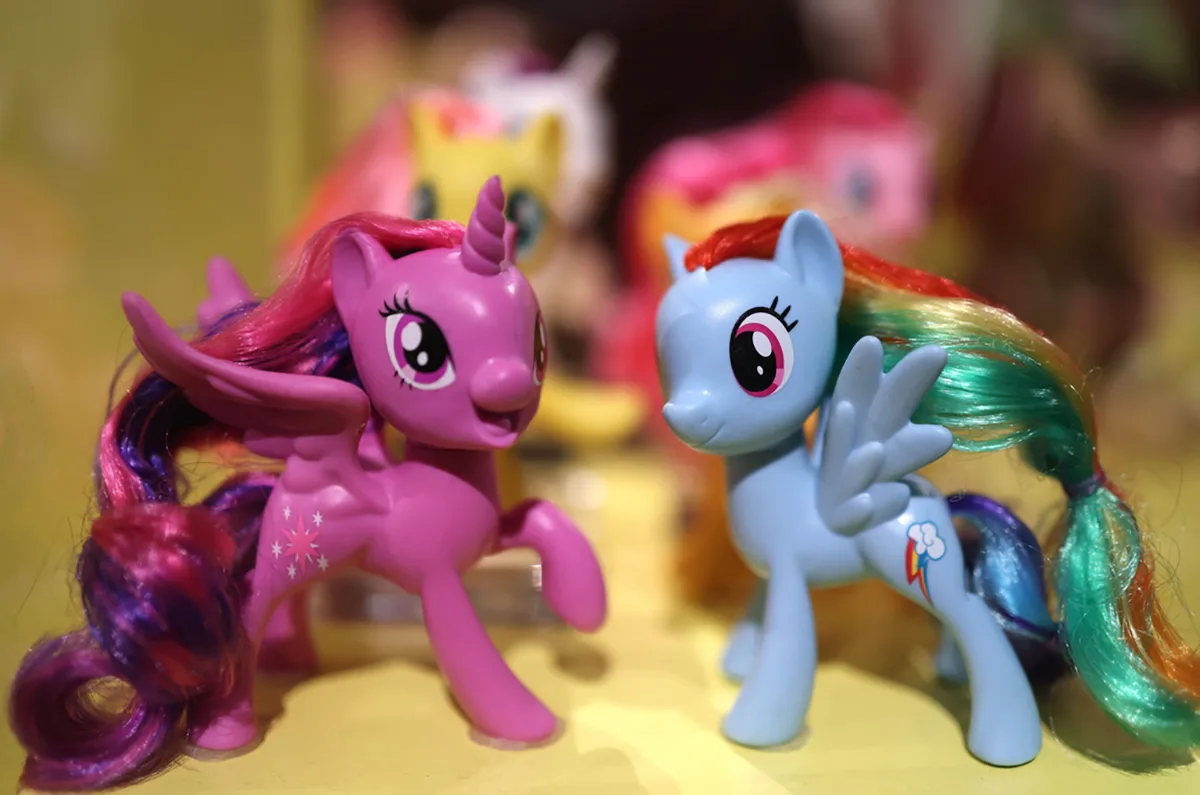
Swiss Sports History

This text was produced in collaboration with Swiss Sports History, the portal for the history of sports in Switzerland. The portal focuses on education in schools and information for the media, researchers and the general public. Find out more at sportshistory.ch

